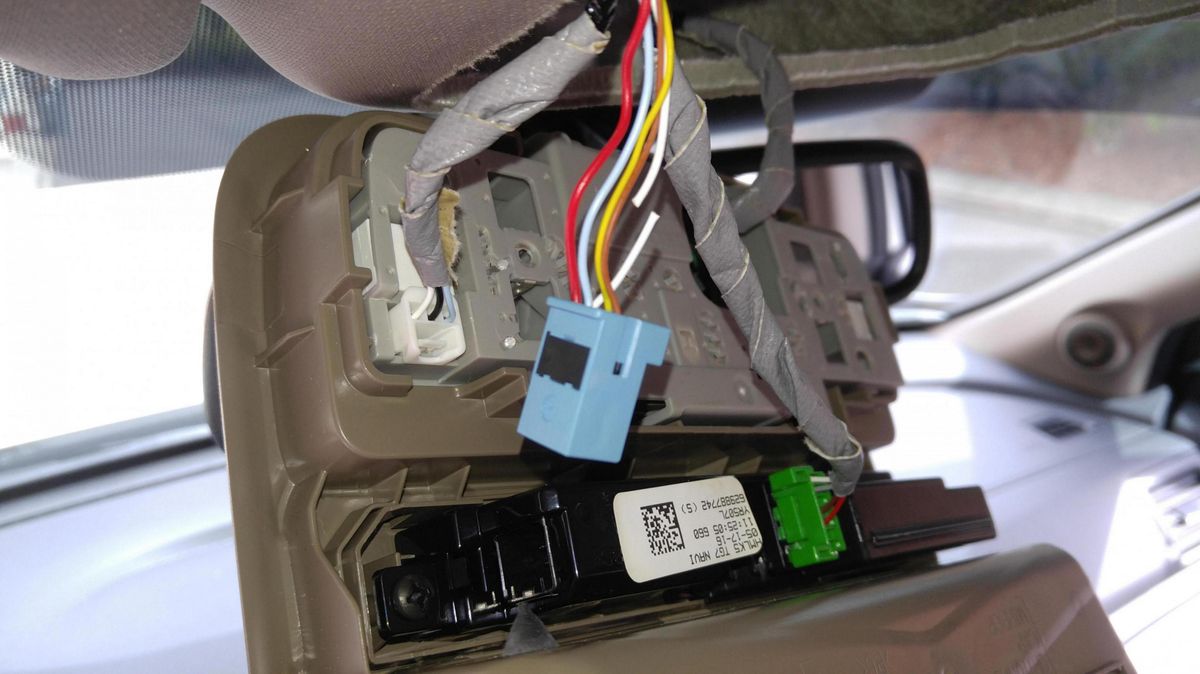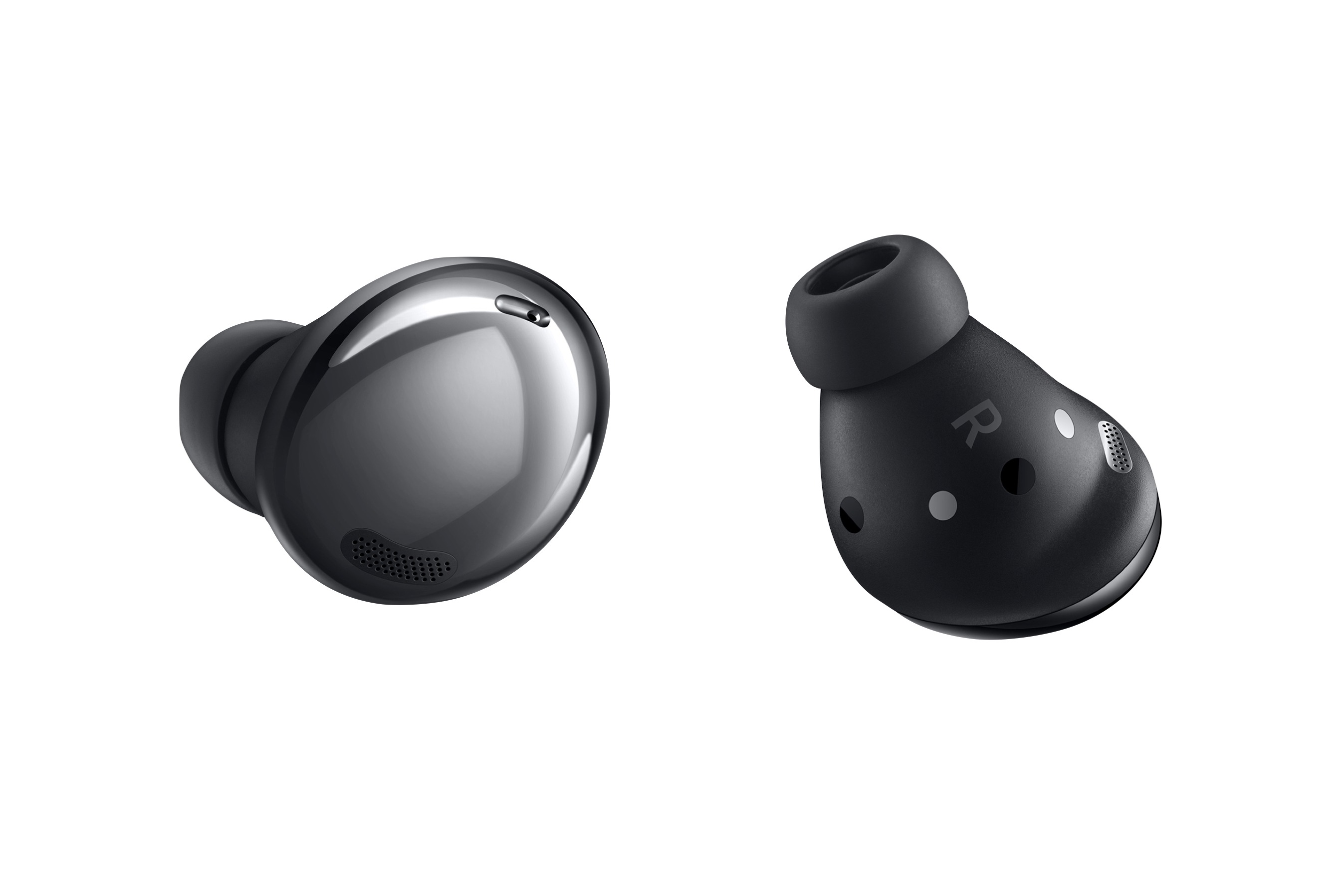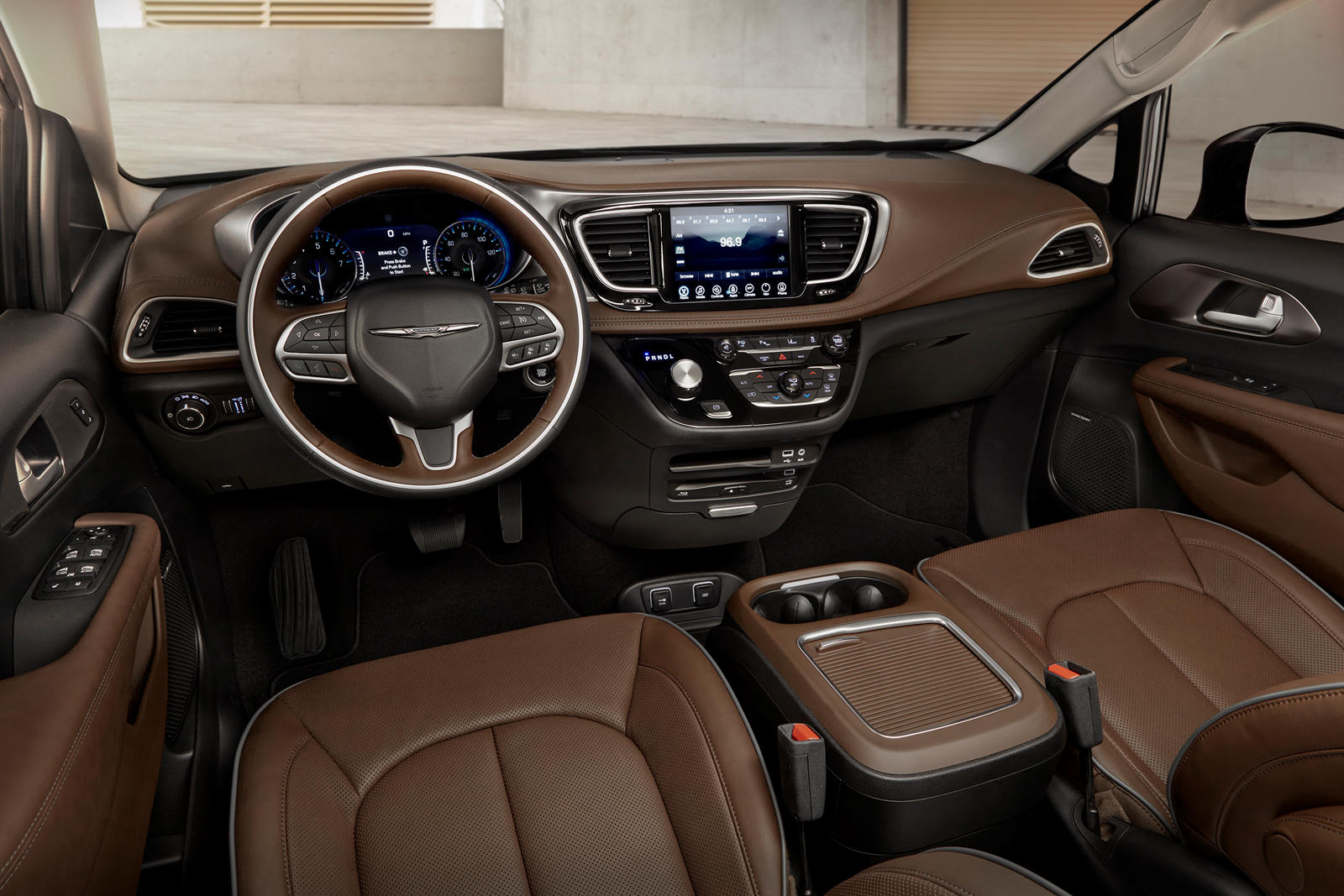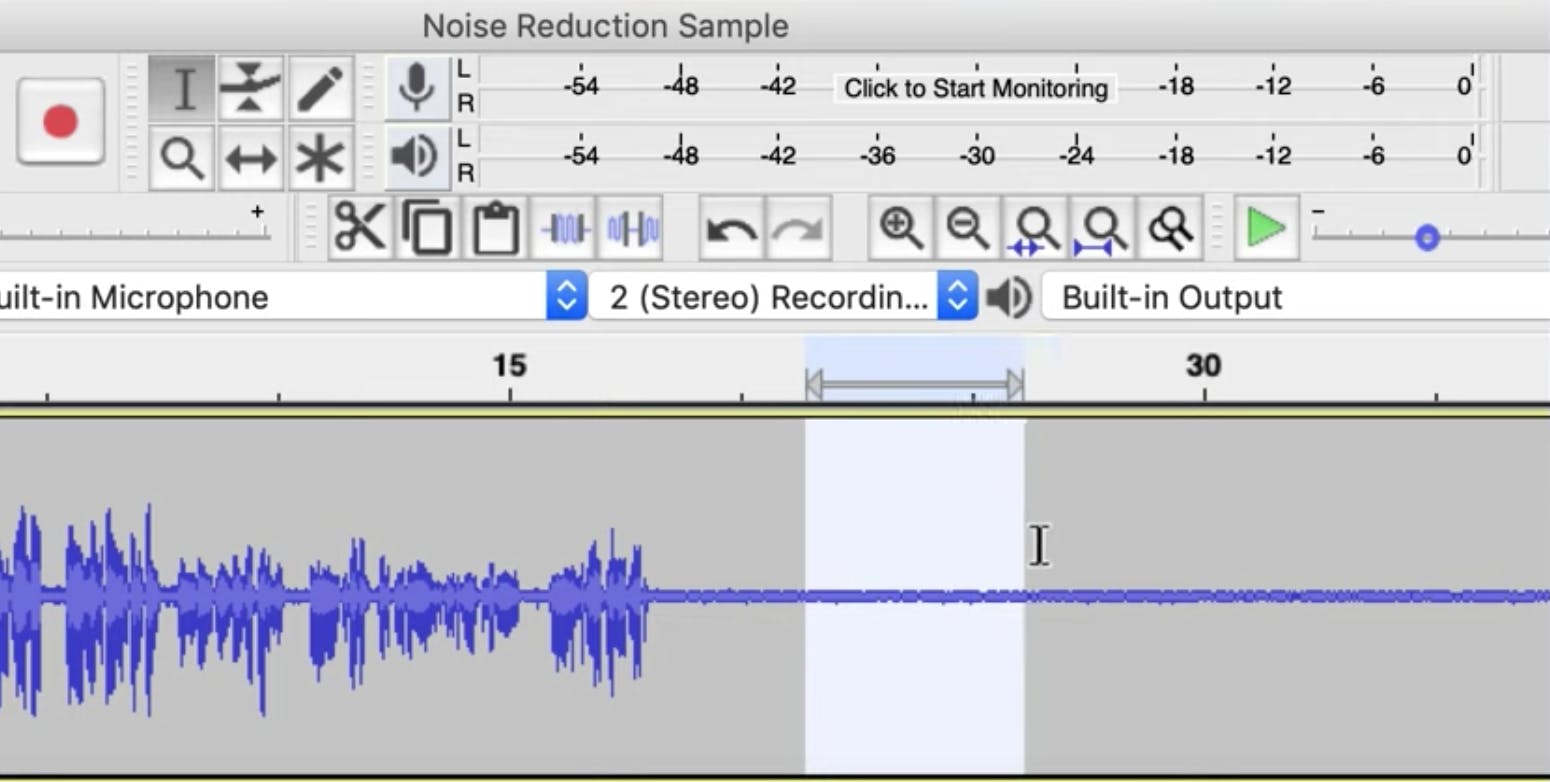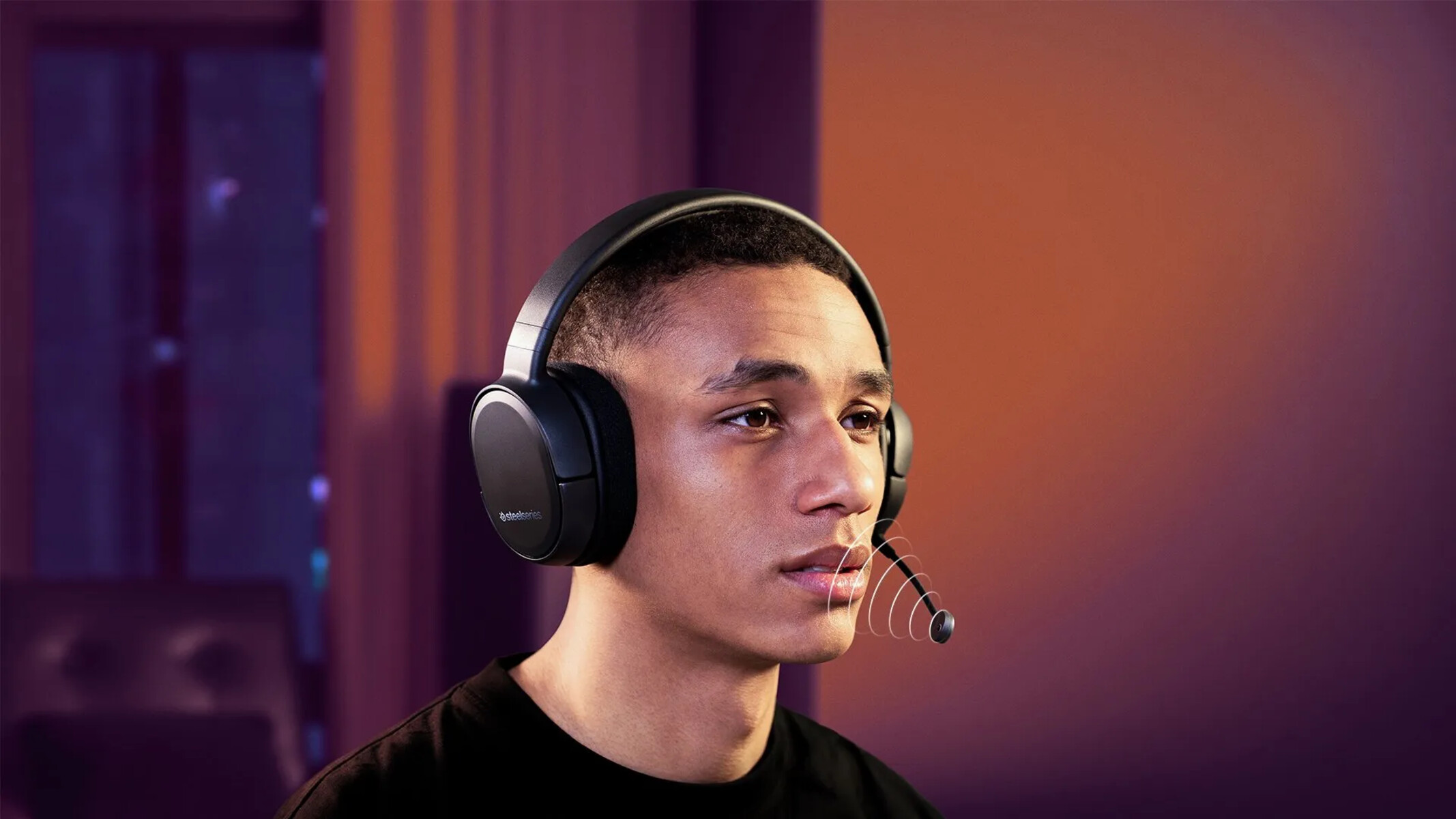Home>Production & Technology>Noise Cancellation>What Is Noise Cancellation In Earphones


Noise Cancellation
What Is Noise Cancellation In Earphones
Modified: February 18, 2024
Discover the amazing technology of noise cancellation in earphones and enhance your audio experience. Learn how noise cancellation works and find the best noise cancellation earphones for you.
(Many of the links in this article redirect to a specific reviewed product. Your purchase of these products through affiliate links helps to generate commission for AudioLover.com, at no extra cost. Learn more)
Table of Contents
- Introduction
- How Noise Cancellation Works
- Types of Noise Cancellation
- Passive Noise Cancellation
- Active Noise Cancellation
- Hybrid Noise Cancellation
- Benefits of Noise Cancellation Earphones
- Drawbacks of Noise Cancellation Earphones
- Factors to Consider When Buying Noise Cancellation In-Ear Headphones
- Conclusion
Introduction
Noise cancellation technology has become a game-changer in the world of audio gadgets, particularly in earphones. It offers a solution to the constant background noise that often interrupts our audio experience, allowing us to enjoy our favorite music, podcasts, or videos without any distractions. Noise cancellation in earphones works by actively suppressing external sounds, creating a peaceful and immersive listening environment.
Whether you’re a frequent traveler, a student in a noisy environment, or simply someone who appreciates high-quality audio, noise cancellation earphones can greatly enhance your listening experience. By reducing unwanted noise, these earphones allow you to focus on the audio you want to hear, whether it’s your favorite song or an important phone call. In this article, we will explore the fascinating world of noise cancellation in earphones, including how it works, the different types of noise cancellation, its benefits and drawbacks, and what factors to consider when purchasing a pair.
So, if you’re ready to delve into the world of noise cancellation and discover how it can revolutionize your audio experience, let’s get started!
How Noise Cancellation Works
Noise cancellation technology works by effectively reducing or eliminating unwanted external sounds. It does this by employing a combination of hardware and software techniques to actively counteract ambient noise. Here’s a simplified explanation of how noise cancellation works in earphones:
1. Microphone Picks up External Sound: The earphones are equipped with one or more microphones that detect the surrounding sounds.
2. Sound Analysis: The captured sound is analyzed to identify the frequency and amplitude of the noise.
3. Reverse Sound Wave Generation: Once the unwanted noise is analyzed, the earphones generate an opposite sound wave with the same frequency and amplitude but inverted phase. This is known as the “anti-noise” or “counter sound.”
4. Combining the Sound Waves: The original sound wave and the counter sound wave are combined, and when they interact, they cancel each other out. This process is known as destructive interference.
5. Delivery to Ears: Finally, the “anti-noise” sound wave is delivered to your ears along with the desired audio signal, effectively reducing or eliminating the ambient noise.
This entire process happens in real time and is continuously adjusted to adapt to the changing soundscape around you. By actively countering external noise, noise cancellation technology allows you to immerse yourself in your audio without disturbances, creating a more enjoyable and immersive listening experience.
It’s important to note that noise cancellation is more effective at reducing consistent, low-frequency sounds such as engine rumble or air conditioning hum. It is less effective against sudden, high-frequency sounds like a doorbell or loud voices. However, advancements in noise cancellation technology have significantly improved its performance across a wider range of frequencies, providing a better overall noise reduction experience.
Types of Noise Cancellation
Noise cancellation technology comes in various forms, each with its own advantages and limitations. Let’s explore the different types of noise cancellation commonly found in earphones:
-
Passive Noise Cancellation:
Passive noise cancellation, also known as noise isolation, relies on the physical design of the earphones to block out external sounds. This is achieved through the use of materials that create a tight seal, such as foam or silicone ear tips. The seal effectively reduces the ambient noise by preventing it from entering your ear canal. While passive noise cancellation is not as effective as active methods, it is still capable of reducing a significant amount of external noise.
-
Active Noise Cancellation:
Active noise cancellation (ANC) is a more advanced technology that actively detects and cancels out external noises. ANC earphones are equipped with built-in microphones that pick up ambient sounds. These sounds are then analyzed, and the earphones generate counter sound waves to cancel out the unwanted noise, as explained in the previous section. Active noise cancellation is highly effective in reducing constant, low-frequency sounds, making it ideal for environments like airplanes, trains, or busy streets.
-
Hybrid Noise Cancellation:
Hybrid noise cancellation combines both passive and active noise cancellation technologies to provide an enhanced listening experience. By incorporating the physical isolation of passive noise cancellation with the active noise cancellation capabilities, hybrid earphones offer superior noise reduction across a wider range of frequencies. This makes them suitable for both low-frequency and mid to high-frequency ambient noises, offering a more comprehensive and immersive listening experience.
It’s important to note that while active and hybrid noise cancellation technologies require power to operate, passive noise cancellation does not. Therefore, passive noise cancellation can be a more viable option for those who prefer not to rely on battery power or charging their earphones. However, if you frequently find yourself in noisy environments, active or hybrid noise cancellation may be worth considering for a better overall noise reduction experience.
Passive Noise Cancellation
Passive noise cancellation, also known as noise isolation, is a basic form of noise reduction that relies on the physical design and materials used in the earphones. Unlike active noise cancellation, which uses electronic circuitry to actively cancel out external noise, passive noise cancellation works by physically blocking and reducing sound waves from entering the ear canal.
Passive noise cancellation is achieved through the design of the earphone itself, specifically the ear tips. The ear tips are made of materials such as foam or silicone that create a tight seal when inserted into the ear. This seal acts as a barrier, preventing ambient noise from entering the ear canal.
When the ear tips create a snug fit in the ear, they not only block out external noise but also help to prevent sound leakage. This means that the audio produced by the earphones remains contained within the ear, allowing for a more immersive listening experience.
One advantage of passive noise cancellation is that it does not require any additional power source or batteries. This makes it a convenient option for those who do not want to deal with the hassle of charging or replacing batteries. Passive noise cancellation is also effective in reducing high-frequency sounds, such as conversations or music playing at a low volume.
However, passive noise cancellation has its limitations. It is less effective at reducing low-frequency sounds, such as airplane engine noise or bass-heavy music. These sounds can still penetrate the ear canal to a certain extent. Additionally, passive noise cancellation depends heavily on the fit and quality of the ear tips. If the ear tips do not provide a proper seal or if they are not the right size for the user’s ears, the noise reduction may be compromised.
In summary, passive noise cancellation is a basic form of noise reduction that works by physically blocking and reducing external sounds. While it may not offer the same level of noise reduction as active or hybrid noise cancellation, passive noise cancellation can still provide a significant reduction in ambient noise and create a more immersive listening experience.
Active Noise Cancellation
Active noise cancellation (ANC) is an advanced technology that actively eliminates unwanted external sounds to provide a more immersive and uninterrupted audio experience. Unlike passive noise cancellation, which relies on physical barriers, active noise cancellation uses electronic circuitry to detect and counteract ambient noise in real-time.
Active noise cancellation works through a combination of hardware and software components. Here’s how it typically operates:
- Microphone Array: ANC earphones are equipped with built-in microphones that capture the surrounding sounds. These microphones pick up the external noise and convert it into electrical signals.
- Noise Analysis: The electrical signals captured by the microphones are then processed by the ANC circuitry, which analyzes the frequency and intensity of the incoming noise.
- Anti-Noise Generation: Based on the analysis, the ANC circuitry generates an opposite sound wave to the incoming noise, known as the “anti-noise.” This anti-noise is designed to cancel out the unwanted sound wave.
- Combining Signals: The original audio signal is combined with the anti-noise signal. When these two waves interact, they cancel each other out through a process known as destructive interference. As a result, the external noise is effectively reduced or eliminated.
- Delivery to Ears: The combined audio signal, along with the anti-noise, is delivered to the ear canal, allowing you to hear the desired audio without the interference of background noise.
Active noise cancellation is particularly effective in reducing consistent, low-frequency sounds such as engine noises, fan hums, or air conditioning systems. This makes ANC earphones an excellent choice for frequent travelers, commuters, or individuals working in noisy environments.
It’s important to note that active noise cancellation requires power to function. ANC earphones typically have built-in rechargeable batteries that provide the necessary power. These batteries need to be charged regularly to ensure uninterrupted noise cancellation. Some ANC earphones also offer a “transparency” mode, which allows you to hear your surroundings without taking off the earphones.
Overall, active noise cancellation technology enhances your audio experience by actively countering external sounds, resulting in a quieter and more focused listening environment. Whether you’re on a plane, train, or simply trying to concentrate in a noisy setting, ANC earphones provide an effective solution to minimize distractions and enjoy your audio content with greater clarity.
Hybrid Noise Cancellation
Hybrid noise cancellation combines the benefits of both passive and active noise cancellation technologies to provide an enhanced and versatile listening experience. By integrating physical barriers with electronic circuitry, hybrid noise cancellation offers a comprehensive solution to reduce a wide range of external noises.
In hybrid noise cancellation, the earphones utilize both the physical design and materials, as well as active noise cancellation technology, to achieve optimal noise reduction. Here’s how hybrid noise cancellation typically works:
1. Passive Noise Isolation: The earphones are designed with ear tips made of foam or silicone that create a tight seal when inserted into the ear canal. This physical barrier blocks out a significant amount of external noise and prevents sound leakage.
2. Active Noise Cancellation: The earphones are also equipped with microphones that capture the surrounding sounds. The detected noise is then analyzed by the active noise cancellation circuitry, which generates “anti-noise” sound waves to cancel out the unwanted noise.
By combining both passive noise isolation and active noise cancellation, hybrid noise cancellation earphones offer improved noise reduction across a wider range of frequencies. The physical seal provided by the ear tips blocks out high-frequency sounds, while the active noise cancellation technology effectively tackles low-frequency and consistent noises.
One advantage of hybrid noise cancellation is its versatility. It can effectively reduce various external noises, making it suitable for different environments such as crowded streets, offices, airplanes, or public transportation. Whether you need to focus on work, relax with your favorite music, or make clear phone calls, hybrid noise cancellation enables you to do it without distractions.
It’s worth noting that hybrid noise cancellation earphones typically require power to operate the active noise cancellation feature. The built-in rechargeable battery ensures the continuous functioning of active noise cancellation, enhancing the overall noise reduction capabilities of the earphones. However, even if the battery runs out, you can still use the earphones with passive noise isolation, ensuring some level of noise reduction.
Overall, hybrid noise cancellation technology offers a balanced approach to noise reduction, combining the physical barrier of passive noise isolation and the active capabilities of active noise cancellation. This combination results in a more comprehensive and immersive audio experience, allowing you to enjoy your favorite content with minimal external disturbances.
Benefits of Noise Cancellation Earphones
Noise cancellation earphones provide several advantages that greatly enhance the audio experience. Here are some key benefits of using noise cancellation earphones:
- Immersive Listening Experience: Noise cancellation technology allows you to immerse yourself in your audio content by reducing or eliminating background noise. Whether you’re listening to music, podcasts, or watching videos, noise cancellation earphones create a more focused and enjoyable audio experience.
- Improved Audio Clarity: By canceling out external noise, noise cancellation earphones improve the clarity of the audio you’re listening to. You can hear subtle details and nuances in your music or conversations without the interference of surrounding noise.
- Reduced Fatigue: In noisy environments, our ears tend to strain to hear the desired audio, leading to listening fatigue. Noise cancellation earphones eliminate the need for increasing the volume to compensate for background noise, reducing the strain on your ears and minimizing fatigue during extended listening sessions.
- Enhanced Focus and Productivity: Whether you’re studying, working, or engaging in tasks that require concentration, noise cancellation earphones help create a distraction-free environment. By blocking out ambient noise, you can concentrate better, improve focus, and enhance productivity.
- Travel Comfort: Noise cancellation earphones are particularly beneficial for travelers. They can significantly reduce the noise from engines, air conditioning systems, and other passengers, making your journey more comfortable and enjoyable. You can enjoy your in-flight entertainment or relax with music without the distractions of the surrounding environment.
- Clearer Phone Calls: Noise cancellation earphones can also improve the clarity of your phone conversations. By eliminating background noise, both you and the person you’re speaking to will have a more crystal-clear audio experience, leading to better communication and understanding.
Overall, noise cancellation earphones provide a multitude of benefits, including an immersive listening experience, improved audio clarity, reduced fatigue, enhanced focus and productivity, travel comfort, and clearer phone calls. Whether you’re a music enthusiast, a frequent traveler, or someone who values a peaceful audio experience, investing in noise cancellation earphones can greatly enhance your enjoyment and convenience.
Drawbacks of Noise Cancellation Earphones
While noise cancellation technology offers significant advantages, there are also a few drawbacks to consider when using noise cancellation earphones:
- Price: Compared to regular earphones, noise cancellation earphones tend to be more expensive due to the additional technology and features they incorporate. This can be a barrier for those on a tight budget.
- Battery Life: Active noise cancellation requires power to operate, which means noise cancellation earphones need to be charged regularly. If the battery runs out, the active noise cancellation feature will no longer function, and you will need to rely on passive noise isolation.
- Sound Quality: Some users may notice a slight degradation in sound quality when using noise cancellation earphones. This is because the active noise cancellation circuitry and processing can introduce a minimal amount of audio artifacts or affect the overall audio balance.
- Compatibility with Certain Activities: Noise cancellation earphones may not be suitable for certain activities that require awareness of your surroundings, such as outdoor running or cycling. The noise cancellation feature can block out important ambient sounds, potentially posing a safety risk.
- Dependency on Proper Fit: Noise cancellation earphones heavily rely on creating a proper seal in the ear canal for optimal noise reduction. If the ear tips do not fit well or are not the right size for your ears, the effectiveness of the noise cancellation may be compromised.
It’s important to weigh these drawbacks against the benefits when considering the use of noise cancellation earphones. While they can greatly enhance your audio experience, ensure that the added features and technology align with your needs and preferences.
Ultimately, the decision of whether to invest in noise cancellation earphones depends on your specific usage scenarios, budget, and personal preferences. Consider your priorities and use cases to determine if the benefits outweigh the drawbacks for you.
Factors to Consider When Buying Noise Cancellation In-Ear Headphones
When shopping for noise cancellation in-ear headphones, it’s important to consider several factors to ensure you choose the right pair that suits your needs and preferences. Here are some key factors to consider:
- Noise Cancellation Type: Determine whether you prefer passive, active, or hybrid noise cancellation. Passive noise cancellation relies on the physical design and materials of the headphones, while active noise cancellation employs electronic circuitry to actively counteract external noise. Hybrid noise cancellation combines both techniques for improved performance across a wider range of frequencies.
- Audio Quality: Look for noise cancellation in-ear headphones that offer high-quality audio performance. Consider aspects such as frequency response, soundstage, and clarity to ensure an enjoyable and immersive audio experience.
- Comfort and Fit: The comfort and fit of the in-ear headphones are crucial for extended use. Look for headphones that come with multiple sizes of ear tips or customizable options to ensure a secure and comfortable fit for your ears. Proper fit is also vital for optimal noise cancellation performance.
- Battery Life: If you opt for active noise cancellation, pay attention to the battery life of the headphones. A longer battery life ensures uninterrupted noise cancellation without the need for frequent charging. Consider how the battery life aligns with your typical usage and travel patterns.
- Connectivity: Check the connectivity options of the noise cancellation in-ear headphones. Some models offer wireless Bluetooth connectivity for added convenience, while others may have wired options. Choose the connectivity type that suits your device compatibility and usage preferences.
- Additional Features: Consider any additional features or functionalities that may be important to you. This could include controls for volume and playback, built-in microphone for hands-free calling, or compatibility with virtual assistants like Siri or Google Assistant.
- Price Range: Set a budget for your noise cancellation in-ear headphones. Prices can vary significantly depending on the brand, features, and level of noise cancellation technology. Determine your budget and look for options that offer a balance between features and value for money.
- Reviews and Recommendations: Before making a final decision, read reviews and seek recommendations from trusted sources or other users. This can provide insights into the performance, durability, and user experience of the headphones you are considering.
By considering these factors, you can make an informed decision and find noise cancellation in-ear headphones that align with your specific requirements and preferences. Remember to prioritize the features most important to you and find a balance between performance, comfort, and price to ensure a satisfying listening experience.
Conclusion
Noise cancellation technology has revolutionized the way we experience audio, and noise cancellation in-ear headphones provide a gateway to a more immersive and undisturbed listening experience. Whether you’re a music lover, frequent traveler, or simply someone who wants to escape the noise of everyday life, noise cancellation earphones offer a range of benefits.
In this article, we explored the different types of noise cancellation, including passive, active, and hybrid technologies. Passive noise cancellation relies on physical barriers to block out external noise, while active noise cancellation uses electronic circuitry to actively counteract ambient sounds. Hybrid noise cancellation combines both methods for improved noise reduction. Each type has its strengths and limitations, so it’s important to consider your specific needs when choosing the right option.
We also discussed the benefits and drawbacks of noise cancellation earphones. Noise cancellation earphones provide an immersive listening experience, improved audio clarity, reduced fatigue, enhanced focus, travel comfort, and clearer phone calls. However, they may be more expensive, require battery charging, and can potentially affect sound quality.
When buying noise cancellation in-ear headphones, factors such as noise cancellation type, audio quality, comfort and fit, battery life, connectivity, additional features, price, and reviews should be considered to ensure you make the right choice for your preferences and requirements.
In conclusion, noise cancellation in-ear headphones offer a way to enjoy your audio content without the interruptions and distractions of the outside world. Whether you’re seeking a personal oasis for music, a quiet workspace, or the ability to focus on important phone calls, noise cancellation earphones can provide you with a more enhanced and immersive audio experience. So, grab your pair of noise cancellation in-ear headphones, and immerse yourself in the world of crystal-clear sound, wherever you go!




